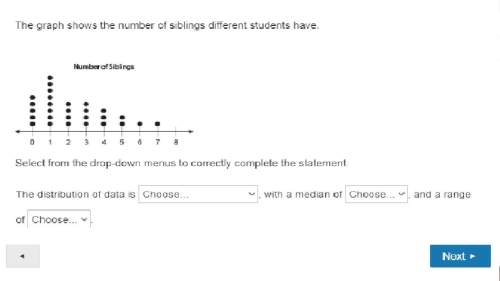
Mathematics, 11.03.2020 22:48 hixcatt05
Suppose that a city has 90,000 dwelling units, of which 35,000 are houses, 45,000 are apartments, and 10,000 are condominiums.
a. You believe that the mean electricity usage is about twice as much for houses as for apartments or condominiums, and that the standard deviation is proportional to the mean so that S1 = 2S2 = 2S3. How would you allocate a stratified sample of 900 observations if you wanted to estimate the mean electricity consumption for all households in the city?
b. Now suppose that you take a stratified random sample with proportional allocation and want to estimate the overall proportion of households in which energy conservation is practiced. If 45% of house dwellers, 25% of apartment dwellers, and 3% of condomium residents practice energy conservation, what is p for the population? What gain would the stratified sample with proportional allocation offer over an SRS, that is, what is Vprop (Ṕstr) / VSRS (ṔSRS)?

Answers: 1


Another question on Mathematics


Mathematics, 21.06.2019 15:30
What are the measures of ∠a, ∠b, ∠c and ∠d? explain how to find each of the angles. measure need asap
Answers: 1

Mathematics, 21.06.2019 20:00
Bernice paid $162 in interest on a loan of $1800 borrowed at 6%. how long did it take her to pay the loan off?
Answers: 1

Mathematics, 21.06.2019 20:30
List x1, x2, x3, x4 where xi is the left endpoint of the four equal intervals used to estimate the area under the curve of f(x) between x = 4 and x = 6. a 4, 4.5, 5, 5.5 b 4.5, 5, 5.5, 6 c 4.25, 4.75, 5.25, 5.75 d 4, 4.2, 5.4, 6
Answers: 1
You know the right answer?
Suppose that a city has 90,000 dwelling units, of which 35,000 are houses, 45,000 are apartments, an...
Questions




Computers and Technology, 11.02.2020 18:26





Computers and Technology, 11.02.2020 18:26


Computers and Technology, 11.02.2020 18:26






Mathematics, 11.02.2020 18:27







